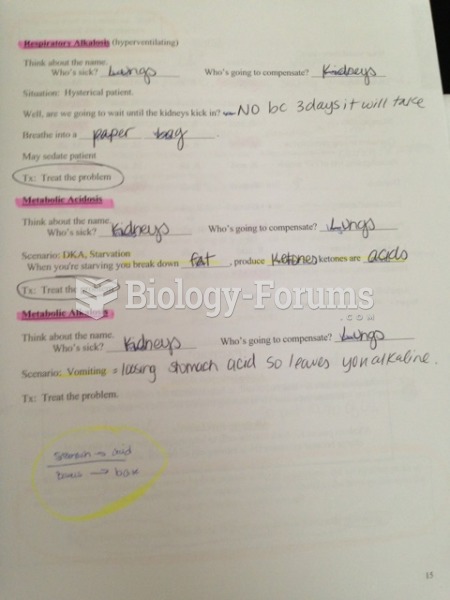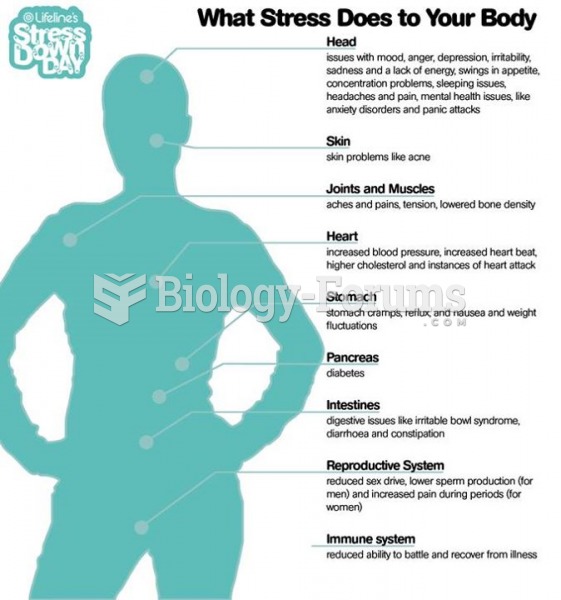Answer to Question 1
Posttraumatic stress disorder is an emotional disorder that follows a trauma in which one feels fear, helplessness, or horror. Victims later experience vivid memories and nightmares, display restriction or numbing of emotional responsiveness, may be unable to remember certain aspects of the event, and may remember the event.
Acute stress disorder is PTSD that occurs within the first month after the trauma. People with this disorder may display severe dissociative symptoms, amnesia for all or part of the trauma, emotional numbing, derealization, and feelings of unreality.
People with acute stress disorder experience very severe early reactions to trauma that did not meet the criteria for PTSD but over time may eventually develop PTSD.
Answer to Question 2
People, who suffer severely around others, have social phobia, also called social anxiety disorder (SAD). SAD is more than exaggerated shyness. The most common type of performance anxiety, to which most people can relate, is public speaking. Other situations that commonly provoke performance anxiety are eating in a restaurant or signing a paper in front of a clerk. Anxiety-provoking physical reactions include blushing, sweating, trembling, or, for males, urinating in a public restroom
.
What these examples have in common is that the individual is very anxious only while others are present and may be watching and, to some extent, evaluating their behavior. This is truly social anxiety disorder because the people have no difficulty eating, writing, or urinating in private. Only when others are watching does the behavior deteriorate.
It seems we are prepared to fear angry, critical, or rejecting people. Research has noted that we learn more quickly to fear angry expressions than other facial expressions, and this fear diminishes more slowly than other types of learning.
Effective treatments have been developed for social phobia only in the past several years. A cognitive-behavioral group therapy (CBGT) program has been developed in which groups of patients rehearse or role-play their socially phobic situations in front of one another. At the same time, the therapist conducts rather intensive cognitive therapy aimed at uncovering and changing the automatic or unconscious perceptions of danger that the socially phobic client assumes to exist. Effective drug treatments have been discovered as well. Tricyclic antidepressants, particularly monoamine oxidase (MAO) inhibitors, have been found to be more effective than placebo in the treatment of severe social anxiety. The evidence is mixed on the usefulness of combining SSRIs or related drugs with psychological treatments.







